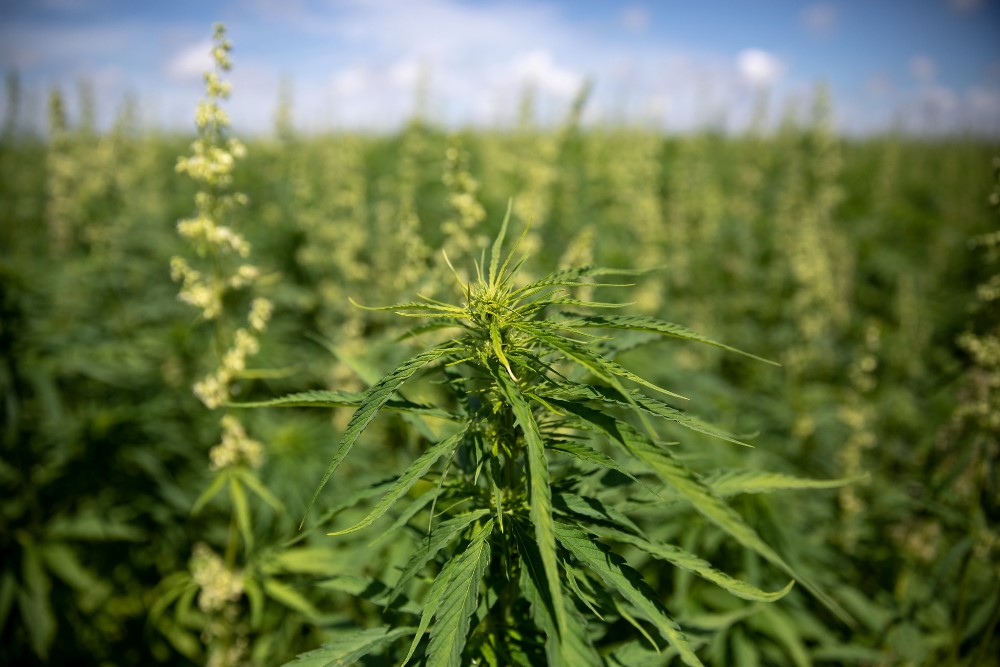
This post is adapted from an article written by Lynn Grooms – lgrooms@madison.com for Agri-View’s Ag Update.
To read the original article on the Agri-View website, click here.
Tens of thousands of acres across the United States were licensed in 2019 for growing industrial hemp. But less than half of that total was actually harvested.
The reasons for this and the outlook for hemp in 2020 will be discussed at the upcoming Wisconsin Agricultural Outlook Forum – (to register, click here!)
Tyler Mark, an assistant professor at the University of Kentucky, who will be giving his perspective on the hemp industry at the upcoming Wisconsin Agricultural Forum on the UW-Madison Campus on January 28th, said there were various reasons why acres harvested fell well short of the acres licensed. Growers may not have had contracts, their contracts failed before completion, or they were unable to secure seed or clones.
In 2019, Growers nationwide heard that one could earn as much as $50,000 per acre for hemp. But those prices were likely due to tight supplies in the emerging market for CBD. As supply increased and quality became more variable, prices waned, said Dawn Thilmany, a Professor and Colorado State University-Extension Specialist who will also be speaking at the Wisconsin Agricultural Outlook Forum. The lure of a huge profit potential attracted many growers. Sudden demand put great pressure on suppliers of seed and clones, Mark said. In cases where growers were able to secure seed, germination was disappointing. Grower experiences with seed reveals a need for certified-seed programs.
Then there were cases where hemp contained too much tetrahydrocannabinol – THC – to be allowed for sale as cannabidiol – CBD. Wisconsin and Kentucky, for example, mandate that THC concentration can’t be greater than 0.3 percent on a dry-weight basis. The threshold is an arbitrary level, said Paul Mitchell, director of the Renk Agribusiness Institute and Professor of Agricultural and Applied Economics at the University of Wisconsin-Madison.
Growers thinking about producing industrial hemp in 2020 should proceed with caution.
“Be sure you know your market and where you’re going to sell,” Mark said.
Thilmany cautioned that marketing data is still lacking in most states.
In Wisconsin, growers invested up to $12,000 per acre in production of hemp, primarily financed on their own as lenders were leery about the funding industrial hemp, according to Mitchell. In 2019, 2/3 of farmers growing hemp didn’t have contacts, and we currently don’t have the proper infrastructure to support a spot market, said Mitchell. He urged that a cooperative model might be the best option for growers and suggested that the UW-Center for Cooperatives to help growers define business potential.
The business and marketing of hemp will be discussed at the Wisconsin Agricultural Outlook Forum, which will be held from 10 a.m. to 3 p.m. Jan. 28 at Union South, 1308 W. Dayton St., Madison, Wisconsin – find more information at: https://renk.aae.wisc.edu/ag-outlook-forum/
Find the original article from Agri-View Ag Update, written by Lynn Grooms here: https://www.agupdate.com/agriview/news/business/hemp-s-growing-pains-continue/article_0d038d2b-5315-511c-86d4-81599a047079.html